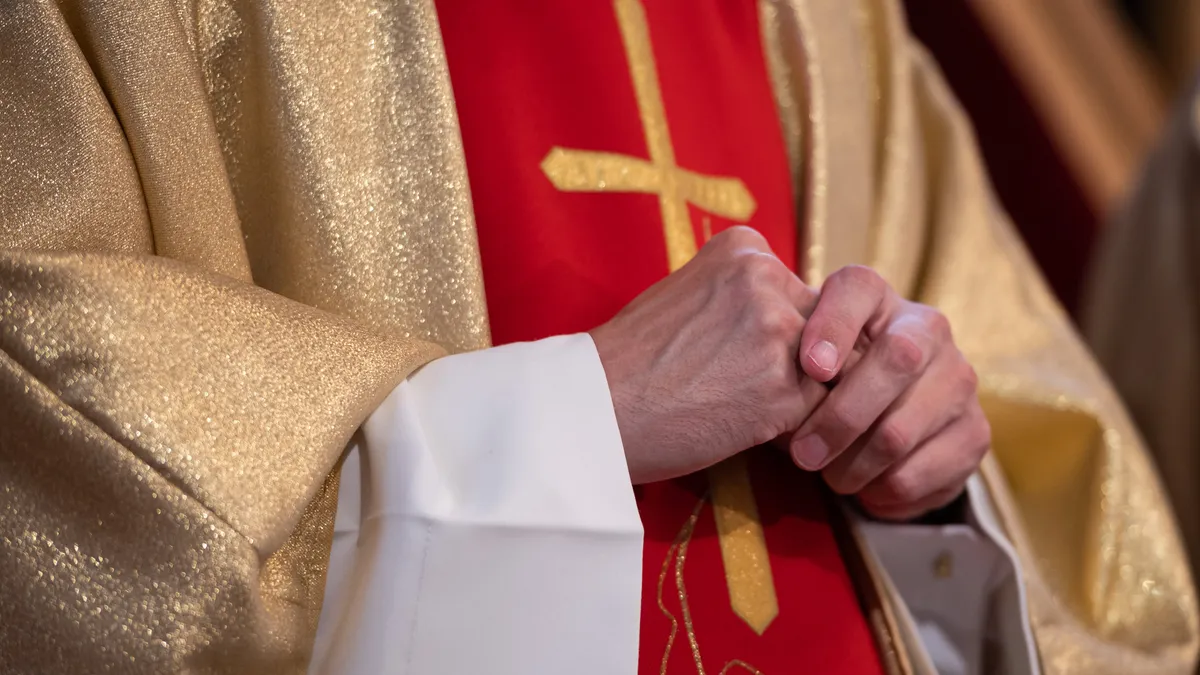Dive Brief:
- U.S. Catholic colleges are predicting the religious organizations that sponsor them will have significantly less influence over their operations in years to come. That’s a major finding from a new Association of Governing Boards of Universities and Colleges report published Wednesday.
- It found nearly half of surveyed Catholic presidents are forecasting that in less than 20 years, sponsors won’t be able to exercise powers over their operations in a meaningful way. A college must have a religious sponsor to be considered a Catholic institution.
- The AGB report also indicates fewer church officials, such as priests, are taking on Catholic college presidencies. Fewer than 40 religious figures headed Catholic colleges in 2023, down from about 110 in 1999 when the last survey was conducted.
Dive Insight:
Religious institutions have faced major headwinds since AGB last published a similar version of the report in 2000.
Namely, during these economically turbulent periods, students and families have sought out cheaper options than religious colleges. In addition, the country’s declining interest in religion affects these institutions’ ability to recruit students. Together, these factors can cause consternation over whether the colleges should continue to follow their nonsecular roots.
This turmoil was reflected this year, when Catholic colleges like Holy Names University, in California, announced it would close.
AGB’s report, which partially draws on data from the Association of Catholic Colleges and Universities, documents the operations of more than 150 Catholic institutions out of the roughly 200 that exist.
It tracked what sort of powers a sponsoring entity has over the colleges and how they have shifted over two decades. For instance, in 1999, 67% of colleges had sponsors that must approve property sales and purchases. That share is down now to just over 50%.
And 20 years ago, sponsors at more than half of Catholic colleges could dictate changes in an institution’s mission. Now that share is 39%.
Little has changed in terms of sponsors’ power to appoint key institution leaders. The share of sponsors who could remove a president has only increased by 1 percentage point, from 38% to 39%, and the share that can remove trustees dropped from 44% in 1999 to 40% today.
While religious sponsors have kept hold on some of these powers, presidents perceive that the entities' influence is slipping away.
Of the 47% who said sponsors would not wield significant influence over operations in less than 20 years, half said the shift would happen in less than a decade.
“The governance and sponsorship changes occurring at U.S. Catholic colleges and universities will only accelerate in the immediate years ahead,” the report states.













